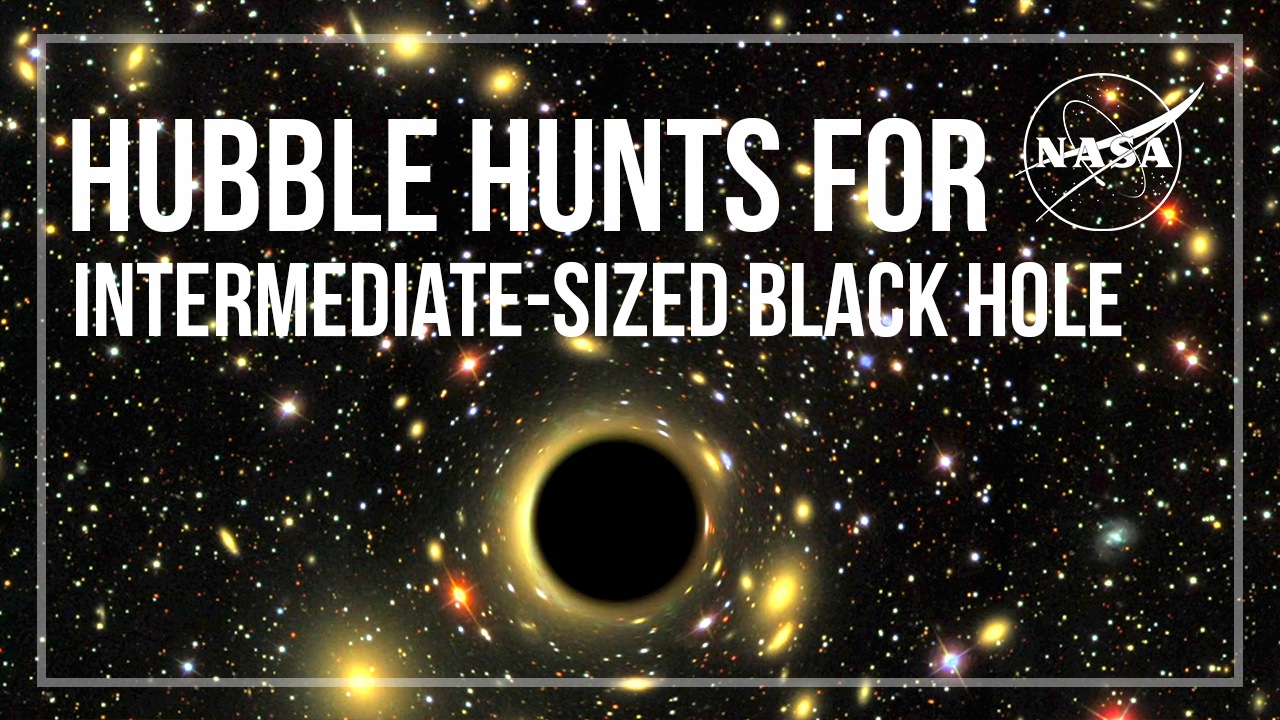HUBBLE FINDS A BLACK HOLE IGNITING STAR FORMATION IN A DWARF GALAXY
Black holes are often described as the monsters of the universe—tearing apart stars, consuming anything that comes too close, and holding light captive. Detailed evidence from NASA's Hubble Space Telescope, however, shows a black hole in a new light: fostering, rather than suppressing, star formation.
Hubble imaging and spectroscopy of the dwarf starburst galaxy Henize 2-10 clearly show a gas outflow stretching from the black hole to a bright star birth region like an umbilical cord, triggering the already dense cloud into forming clusters of stars.
Astronomers have previously debated that a dwarf galaxy could have a black hole analogous to the supermassive black holes in larger galaxies. Further study of dwarf galaxies, which have remained small over cosmic time, may shed light on the question of how the first seeds of supermassive black holes formed and evolved over the history of the universe.
For more information, visit https://nasa.gov/hubble.
Music Credits:
“Champagne Age” by Damon Bradley [BMI] via Network Production Music Publishing [BMI] and Universal Production Music
Master Version
Horizontal version. This is for use on any YouTube or non-YouTube platform where you want to display the video horizontally.
Vertical Version
This vertical version of the episode is for IGTV or Snapchat. The IGTV episode can be pulled into Instagram Stories and the regular Instagram feed.
Credits
Please give credit for this item to:
NASA's Goddard Space Flight Center. However, please credit individual items as indicated above.
-
Producer
- Paul Morris (KBR Wyle Services, LLC)
-
Technical support
- Aaron E. Lepsch (ADNET Systems, Inc.)
Release date
This page was originally published on Wednesday, January 19, 2022.
This page was last updated on Wednesday, May 3, 2023 at 1:37 PM EDT.








